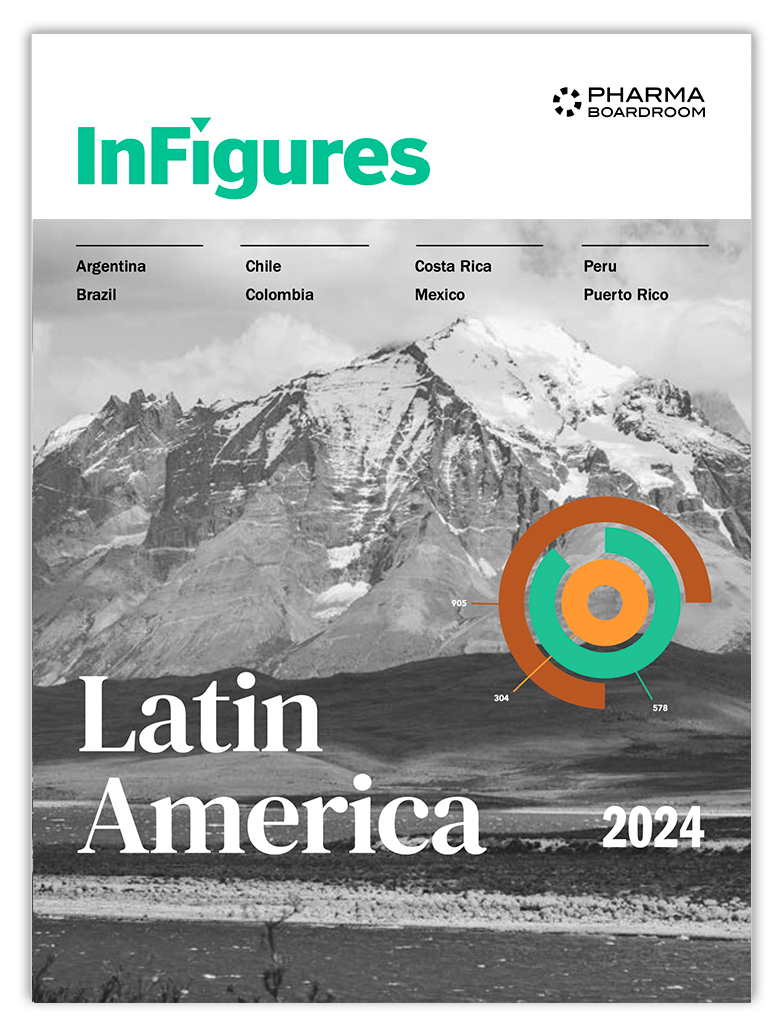The news is filled with stories of woe in the airline industry. Bags being lost, flights being cancelled, planes being stranded on the tarmac, hours – days even – spent stranded at airports waiting for services promised but never delivered. Both the airline and health sectors have been hit by a multitude of post-COVID supply-side and investment shortages that threaten to cripple long-term service delivery and future prosperity if they are not managed correctly. Shawview Consulting’s Brendan Shaw takes a look at what the health sector can learn from the things that have gone so wrong with the airlines recently.
The post-COVID airline debacle
Stories of families missing weddings, newlyweds getting married mid-flight due to missing their own wedding, thousands of last-minute flight cancellations worse than before the pandemic, the ‘summer of airline chaos’, senior airline executives asked to do baggage handling, staff burnout, customer anger, and strikes by airline staff have littered the news for months. All of this is a sign of a sector that is not coping with the collision between surging post-COVID demand and under-investment in capacity, technology and labour.
Studies have shown that the airlines have been ‘penny-wise, but pound foolish’ with longer-term solutions being proposed to build resilience through greater investment in digitalisation and automation.
In dealing with new issues like zero emission targets and electric planes, airlines are going to have to find new business models that value long-term investment in new technologies and provide greater service delivery to their customers. We may perhaps see society spending more on flying and airlines than it did before the pandemic.
Airlines are finding new ways to adapt and cope with a rapidly changing environment. For example, Icelandair started flying its own baggage handlers on its flights to cope with staff shortages at destination airports, while Regional Express Airlines in Australia has formed a partnership with a technology company to retrofit electric, zero-emission engines on its existing planes.
Similarities between the airlines and the health sector
| Airlines | Health sector |
| Staff shortages and workers leaving the sector, pandemic-era redundancies led to post-pandemic labour shortages | Health workers burnt out, leaving sector and retiring |
| Workers pushing for pay rises to compensate for low pay | Workers pushing for pay rises to compensate for low pay |
| Pre-pandemic focus on cost-cutting in cheap airlines and ground staff | Pre-pandemic focus on cost-minimisation and containing health spending |
| Low-paid, contract ground staff leading to loss of staff in post-pandemic Great Resignation | Low-paid, contract health and aged staff leading to loss of staff in post-pandemic Great Resignation |
| Opportunities in aviation and ground handling from new technologies like AI, big data, electric vehicles, internet of things, synthetic and renewable fuels, vertical take-off and landing technologies | Opportunities in new medicines, vaccines, devices and diagnostics from new technologies like big data, AI, cell and gene therapies, genomics, internet of things |
| Post-COVID boom in demand for services due to holidays and end of travel restrictions | Post-COVID boom due to ‘long COVID’ and pent-up demand from delayed treatment for diseases during pandemic |
Lessons for the health sector
It’s no secret that the health sector in many countries is suffering similar problems.
Staff shortages, supply shortages, burnout and mental fatigue, lack of investment in new facilities and equipment and a lack of built-in redundancy are all features of health systems struggling to recover in the post-pandemic environment. From Australia to Canada to England to France to Germany to the United States, the stories are the same – health workforces are suffering burnout and people are quitting after two years of the pandemic. The WHO estimated that up to 180,000 health workers may have died from COVID, while the International Council of Nurses estimates a global shortage of 13 million nurses by 2030.
Stories abound of nurses quitting public health systems due to overwork and poor conditions, while doctors are facing burnout and ongoing mental health issues two years after the pandemic started. Health systems will also have to cope with surging demand in a post-pandemic world as ‘long COVID’ and pent-up demand for health care and treatment delayed during pandemic-era lockdowns will hit health systems in the future. However, issues around the lack of preparedness in health sectors in things like insufficient workforces, lack of finance and lack of capacity were around long before COVID hit.
More generally, just as in the airline industry, there is now a push for greater spending and investment in the health sector, with groups like the World Bank leading the charge. Just like in the airline industry, years of pushing health systems to the edge of viability to prioritise cost containment hasn’t left much room for built-in redundancy and available capacity for when things go wrong. Innovation, greater investment in people and technology and, yes, perhaps even higher levels of spending and valuation, all come from a dawning realisation that we may need to do things differently.
This doesn’t always mean that things are going to cost more – technology and innovation often mean more, not less, efficiency. It just means that in health the pre-pandemic focus on ‘getting by’ and prioritising cost minimisation may have to be reviewed to ensure the sector can deliver what the community needs. As with the airline sector, all of this means there may need to be a shift from just-in-time economics to just-in-case economics in the health sector thinking more about resilience, investment and agility as much as cost-containment and short-term versions of efficiency.
Implications for life science companies
Life science company executives should be warned, it is unlikely to mean a free ride for their companies as health systems learn to grapple with this. Those submissions to regulators and health economic evaluations are likely to be just as tough as ever.
In a broader sense, though, there are opportunities for companies to recognise the trends and find ways to help customers, patients, governments, payers and insurers navigate through the emerging changes in the future. While pressures are growing, so are the opportunities. But it won’t be for the faint hearted. Companies will need to be ready to ride the turbulence.
Arm doors and cross-check!



